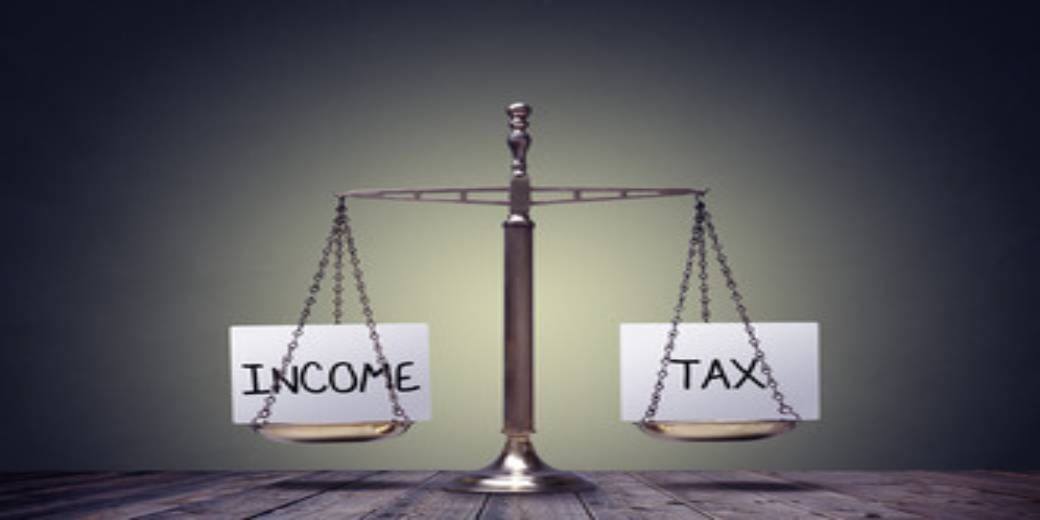Buoyant revenues might help Centre achieve populism as well as fiscal prudence
Earlier, this week, Nitin Gupta, the chairman of the Central Board of Direct Taxes reported buoyant revenues and said on October 10 that they would mop up more taxes than the budgeted Rs 18.23 lakh crore for the current fiscal despite lacklustre performance on the corporate tax front.

Fiscal consolidation might allow the Centre to indulge in populism yet avoid putting stress on the public exchequer, The Economic Times has reported quoting a Goldman Sachs report. The prominent global financial institution said robust revenue streams and an open-fisted Reserve Bank of India would lead to this situation this financial year.
Earlier, this week, Nitin Gupta, the chairman of the Central Board of Direct Taxes reported buoyant revenues and said on October 10 that they would mop up more taxes than the budgeted Rs 18.23 lakh crore for the current fiscal despite lacklustre performance on the corporate tax front. Personal income tax, in particular, has witnessed a quantum jump this year.
“We are confident about the government adhering to the fiscal consolidation path. If we analyse their post-pandemic behaviour approach, after the expansion of the deficit, they have been adhering to the path of consolidation. The buffer, partially is coming from the extra dividend transfers and if you look at last month’s corporate tax and income tax numbers, you would’ve seen that tax re- venues have also caught up,” remarked Santanu Sengupta, chief India economist at Goldman Sachs.
Incidentally, this year the finance ministry has targeted fiscal deficit to the tune of 5.9% of GDP. The target for the next two financial years is 4.5% of GDP by FY26, thanks to the fiscal consolidation approach to shed over 1.5 percentage points.
However, Goldman Sachs also believes that the government might opt for some cut in expenditure as well. A reduction in public capital expenditure as a share of GDP might need the private sector to raise capital investments.
Following the pandemic, the government stepped up capital expenditure to trigger economic recovery but it is unlikely that such a capex step-up can be sustained in the long term. “To offset this, the Indian private cor- porate sector will have to step in,” remarked the Goldman Sachs economist.
The US-based MNC reads opportunity for rise in private sector capex as more and more companies are seeking to modify their supply chains and diversify beyond the great Chinese manufactory. Also many corporate sector balance sheets that have witnessed some deleveraging and banks that have largely cleaned up their balance sheets might help a recovery of the capital expenditure in the private sector.
Data streams show that private sector companies emerged as a key driver behind the robust growth in investment in the first decade of this century, when it rose from 6.4% of the country’s GDP in 2004 to 14.2% in 2008.